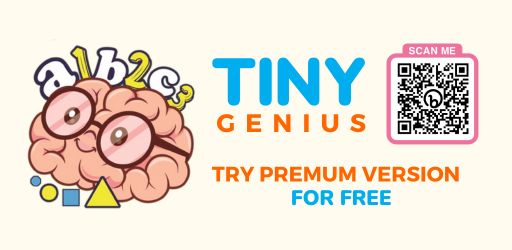Preparing You and Your Child for Remote Learning
Education today has evolved significantly from what we were accustomed to when we were in school. Now that technology has infiltrated the classroom and distancing measures have been put in place, learning for K-12 students has pretty much become remote. And while there is a huge drive to open schools in the near future, there is a distinct possibility that distanced learning could be a long-term change for students and their parents. If you are still adjusting to this idea and are worried that you and your child may struggle to keep up if the schools don’t reopen in the fall – fear not! You have the summer to prepare. Take your time easing into the new dynamic, and you will both learn to adapt in no time.
Here’s where to start:
Do trial runs
Since the official school year is still a couple months away, this is the ideal time to learn more about what will work for you and your child. A HuffPost article on acting like a teacher advises that you should be honest with yourself about your child’s unique needs. You can have them try out a few short online learning classes or activities over the summer to assess their learning style, strengths, weaknesses, and interests. This way, when the real deal comes in the fall, you will already know what they can handle and can adjust the way you approach their education accordingly. You can then think of creative ways to capitalize on what they are good at, and turn these into activities that incorporate elements of learning.
Ensure you have the right tools
The success of distance learning also lies in the proper tools to make the experience seamless and worry-free. With lessons and assignments conducted online this makes the acquiring and storing of files much more important. This is why more people are looking beyond physical storage. The cloud storage options listed on Box demonstrate how it is now possible to back up and securely store all types of files online. This ensures that all your child’s learning materials and projects are organized, and can be accessed all in one space. In case anything goes wrong, you will also be able to access previous versions of files, something you can’t do if the information is just stored on physical hardware. Educators will likely take care of assigning other software to install for lectures and assessments, but you can also rely on your own tools as an additional aid. Our post on the ‘Advantages of Mobile Apps in Kids Education’ explains how mobile technology that is intended for educational purposes can be beneficial to your child’s willingness to learn. You can use these apps as a supplement to their work and to encourage inquisitiveness even outside of lessons.
Create a conducive learning environment
One of the biggest challenges that comes with remote learning is creating a boundary between school and home. Studying at home means being surrounded by a number of distractions. In order to avoid these from getting the better of your child, create a dedicated space that functions as a conducive learning environment. Make sure it’s comfortable but not too comfortable, with a sturdy desk, an ergonomic chair, and sufficient lighting. Education contributor Talia Milgrom-Elcott advises co-creating a schedule with your child to help establish boundaries. You can likewise put up a whiteboard with tasks to accomplish throughout the day so that your child feels rewarded whenever they get to tick something off. Lastly, remember that you should be patient with both yourself and with your child if it still takes some time carving out a routine that works. Remote learning – especially under these circumstances – is still fairly new, so take it one step at a time.









